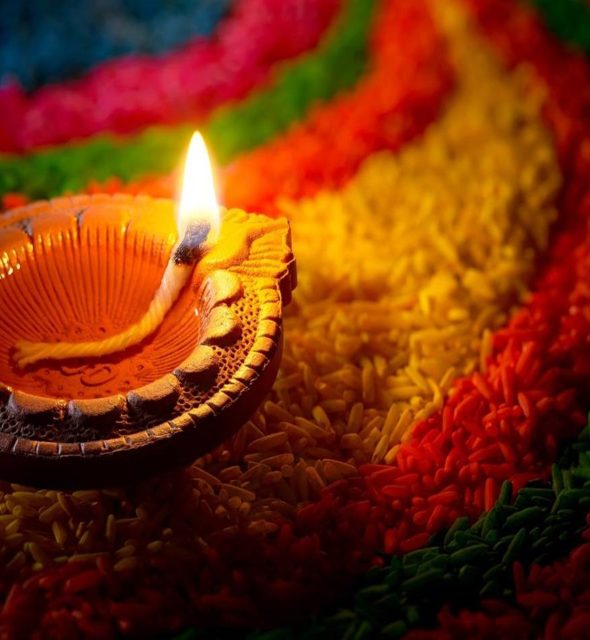CHUHAR, CHAUDHARl and Puria, both village headmen, attracted by Guru Arjan\'s fame as a holy teacher, once visited him. They said, "0 beneficent one, we have long desired to seek your precept. In our official capacity as village chaudharis, we commit many wrongs and utter many falsehoods. Be pleased to tell us how we can be saved." The Guru answered, "The remedy is simple; discard falsehood, anger and pride." At this Puria argued, "But, Sir, as chaudharis we have so often to tell lies.

DIVALI, festival of lights (from Sanskrit dipamala or dipavali meaning row of lamps or nocturnal illumination), is observed all over India on amavasya, the last day of the dark half of the lunar month of Kartika (October-November). Like other seasonal festivals, Divali has been celebrated since time immemorial. In its earliest form, it was regarded as a means to ward off, expel or appease the malignant spirits of darkness and ill luck. The festival is usually linked with the return to Ayodhya of Lord Rama at the end of his fourteen year exile. For the Hindus it is also an occasion for the worship of Laksmi, the goddess of good fortune, beauty and wealth.
ETAWAH (26° 47`N, 78° 58`E), a district town of Uttar Pradesh, 127 km southeast of Agra, has two Udasi Ashrams commemorating the visits of Guru Nanak and Baba Sri Chand. Sikh chronicles have not recorded these visits, but they do mention that Guru Tegh Bahadur while travelling to the east in 1666 passed through Etawah. He is believed to have stayed at the Udasi Ashram inside the town. The ashram is now known as Gurdwara Purabi Tola, also referred to locally as Ban Sangat.






